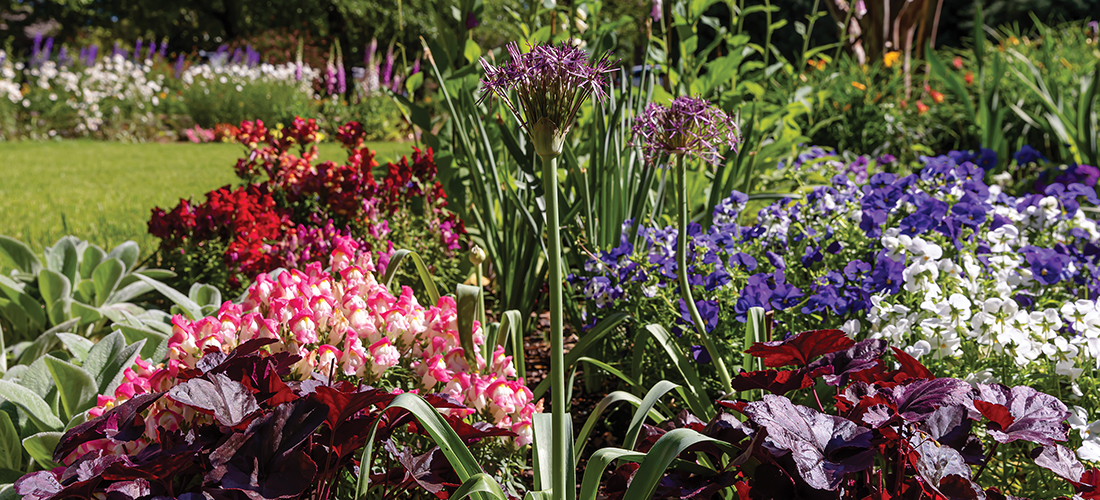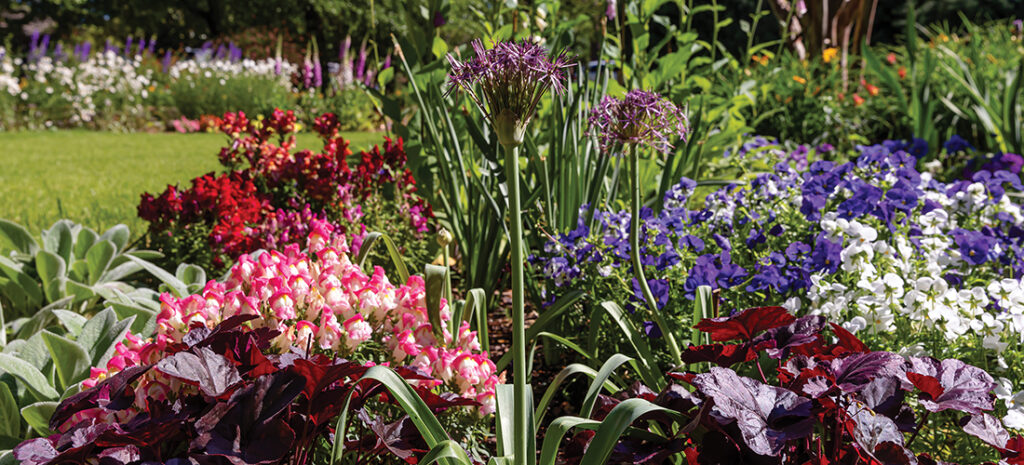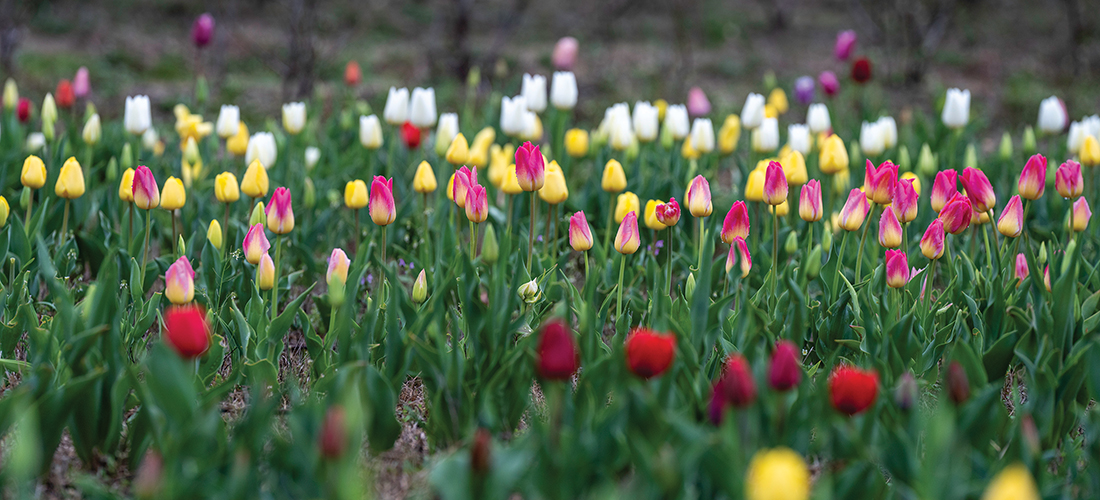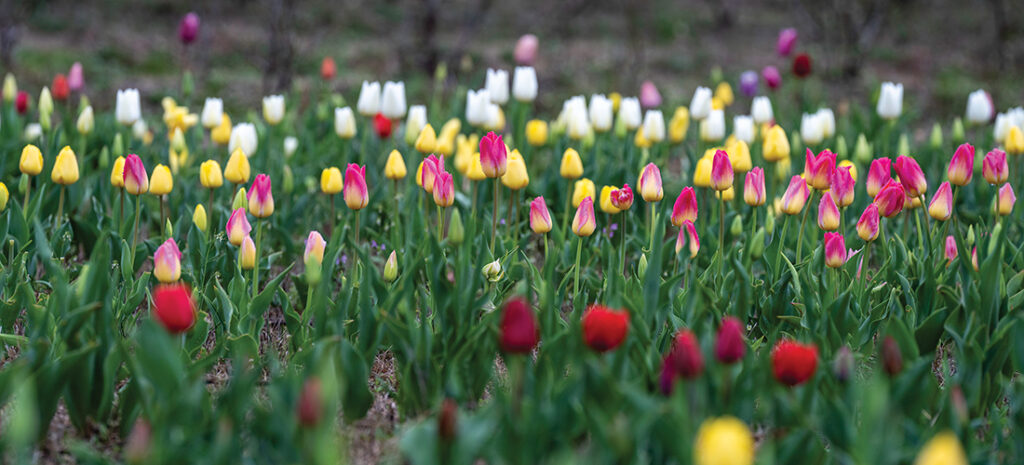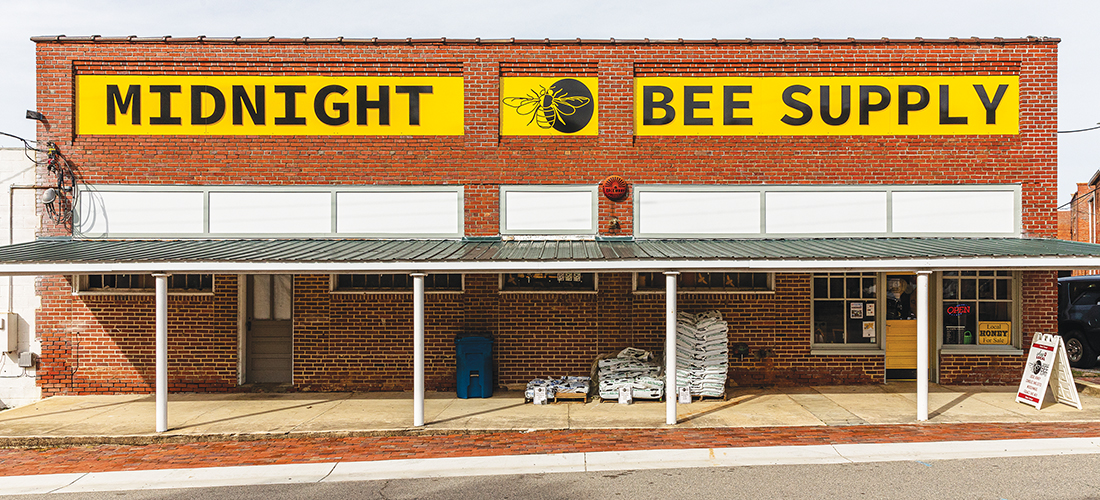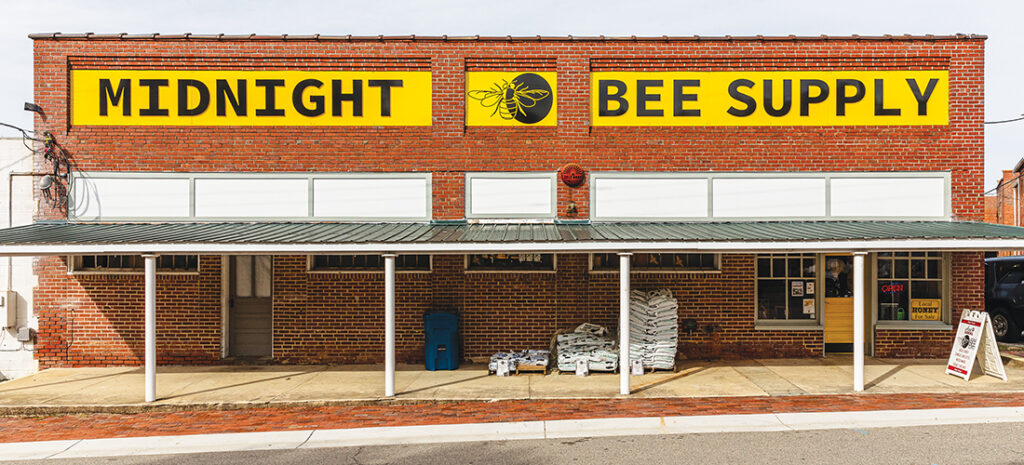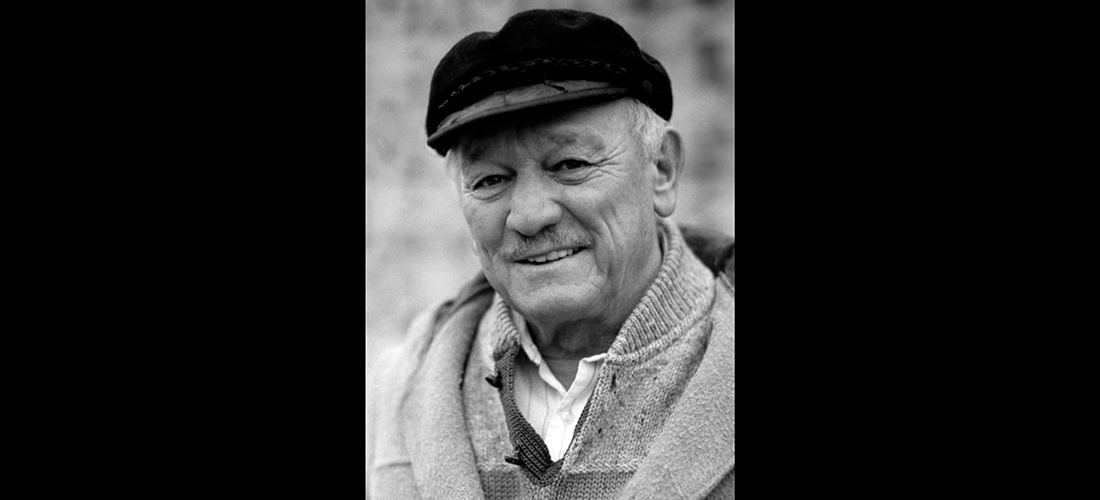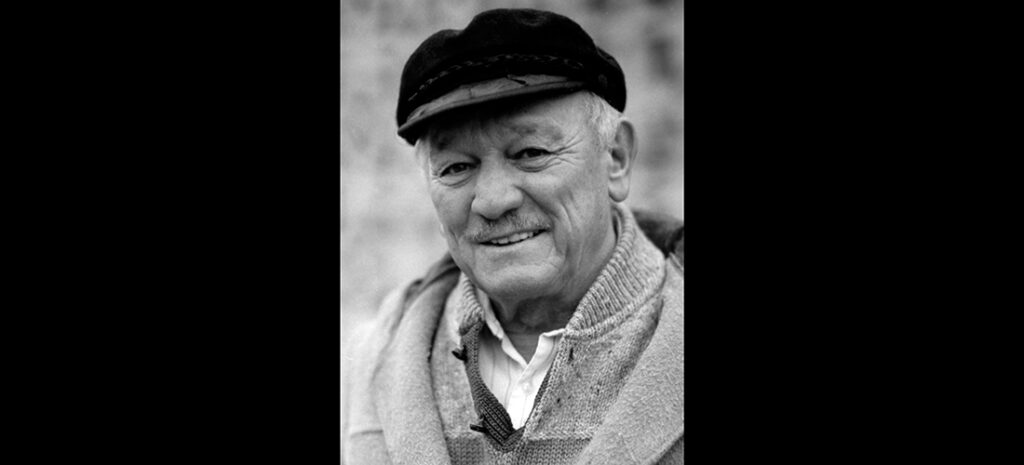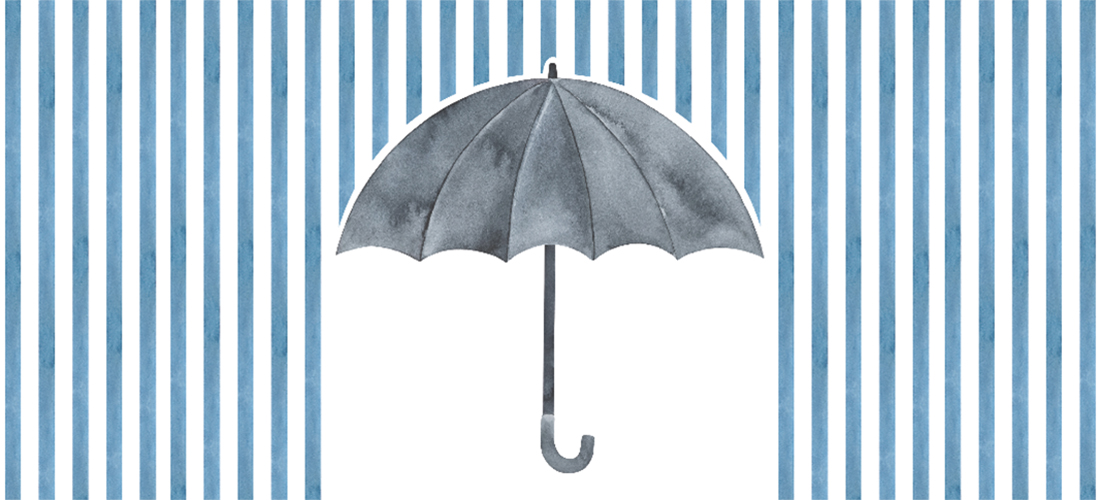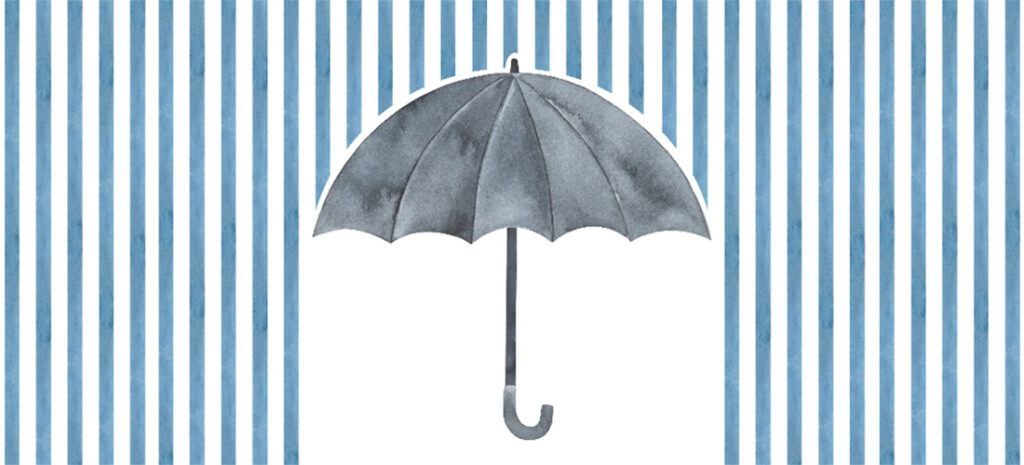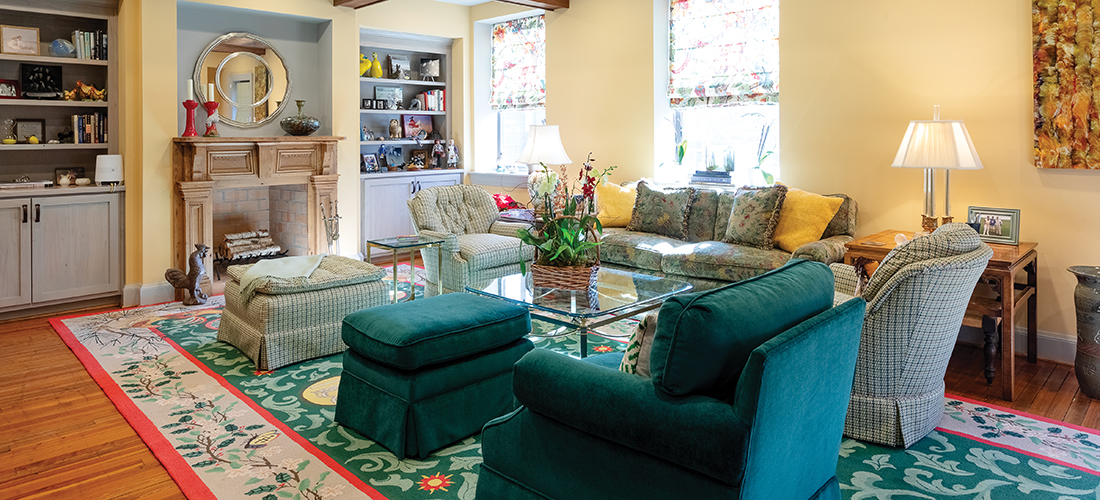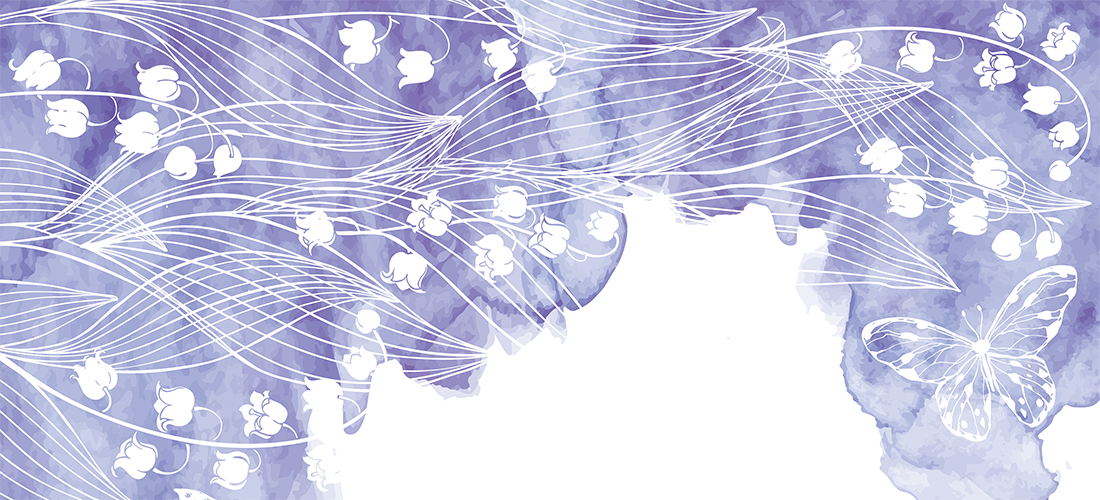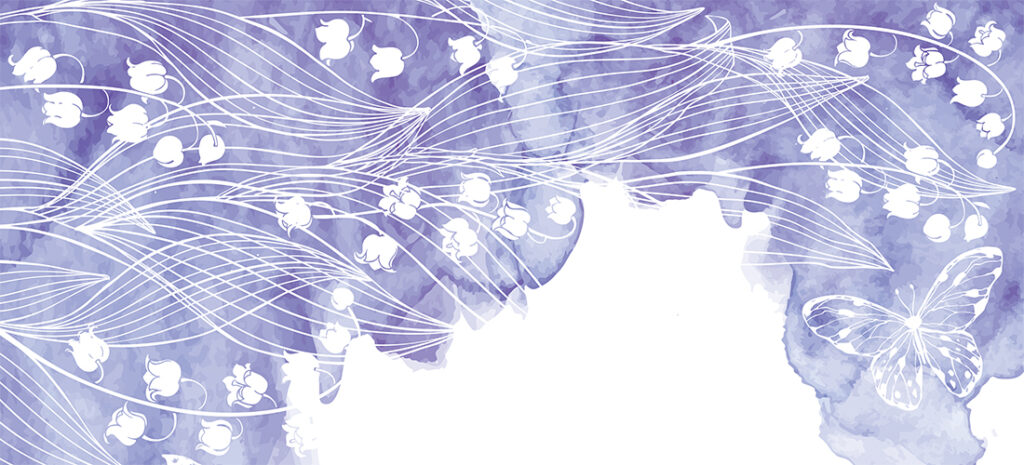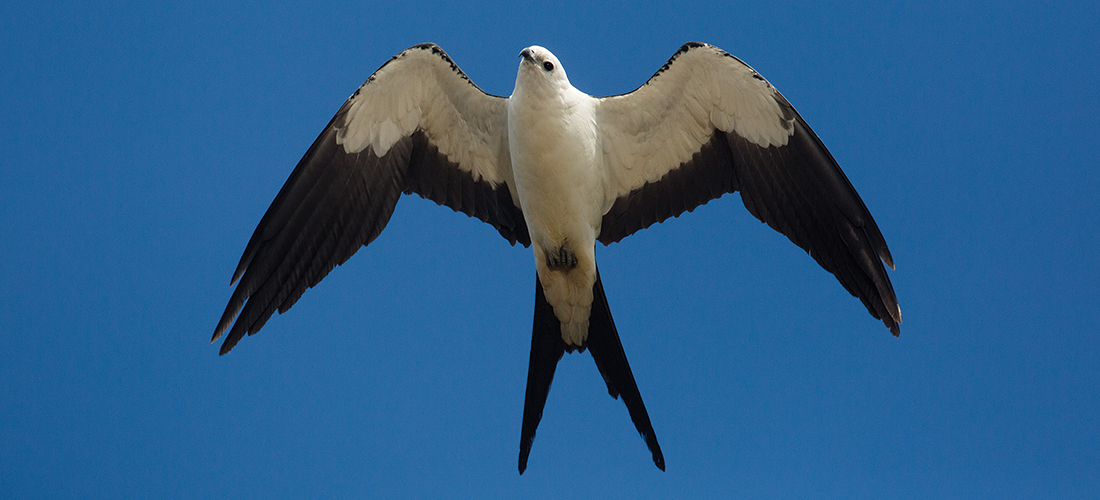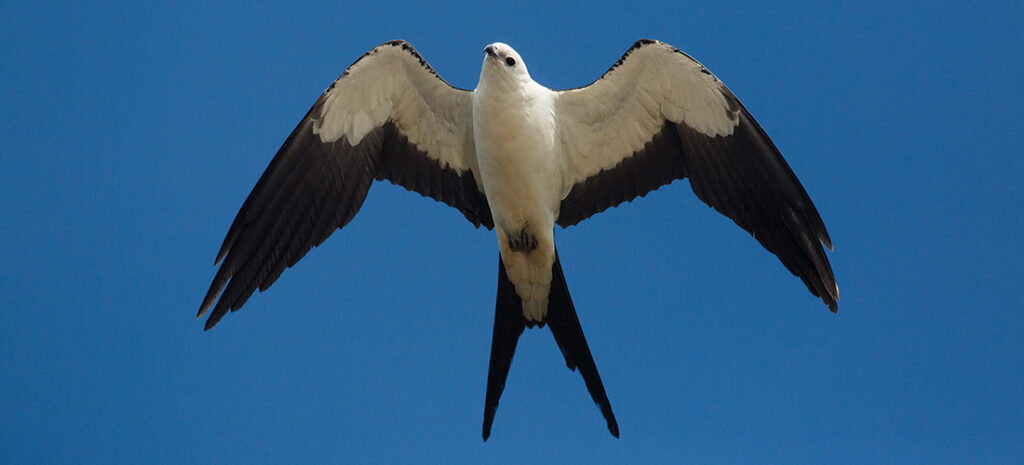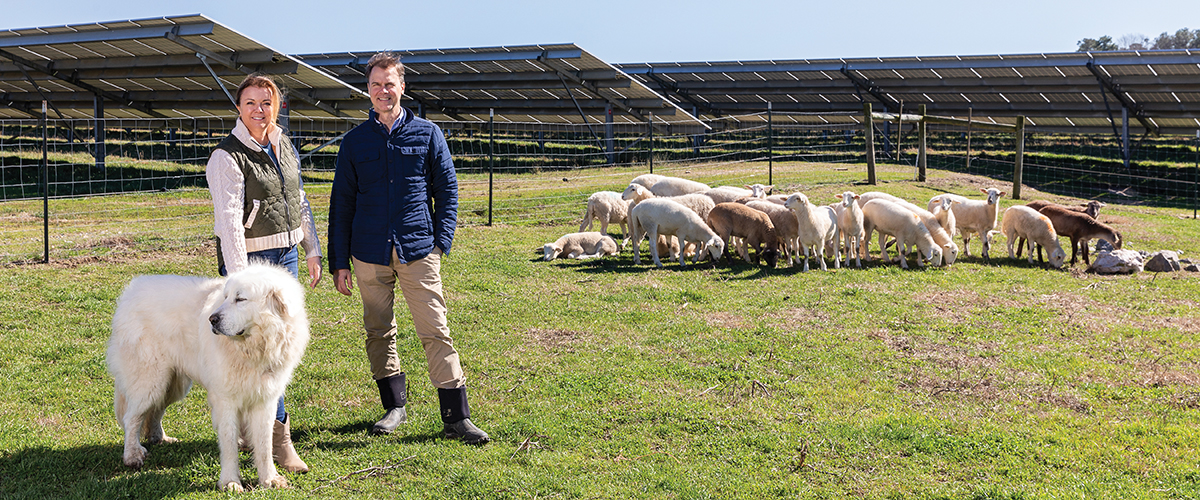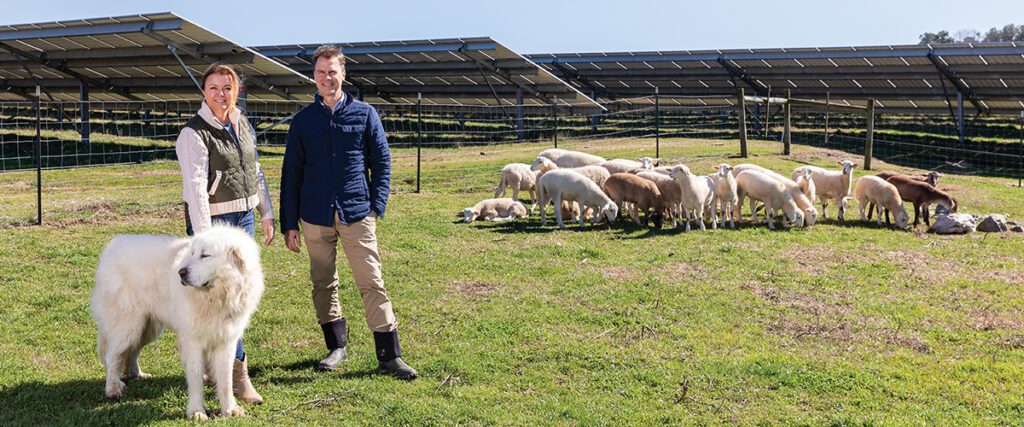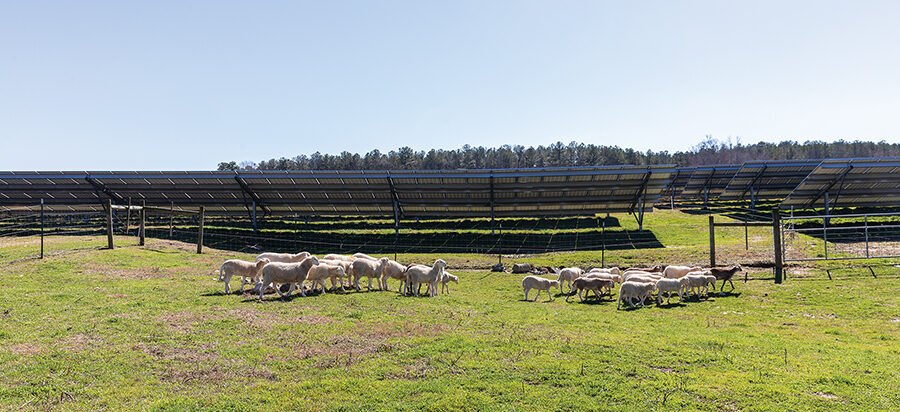Elegance and Mystery

Historic estate thrives in its second century
By Deborah Salomon
Photographs by John Gessner
Green with envy: a color-coded assessment of how Pinehurst society, circa 1929, might have greeted the overwhelming but exquisite home of Nils Hersloff of Orange, New Jersey, his wife and three children, who christened it, simply, The Pines. This family residence — not to be confused with the “cottages” of the same era — eclipsed most vacation homes built before the crash. It was the last brick home constructed in Pinehurst before the Great Depression and is one of the featured homes on the 76th Annual Southern Pines Garden Club Home & Garden Tour this month.
Superior materials were plentiful and expert craftsmen, hungry. In fact, a more suitable name might be The Moldings. Double, triple, quadruple, grooved, carved and overlaid, they tastefully delineate each window, door and fireplace — big money, well-spent on 6,000-plus square feet with servants’ quarters and adjacent three-bay garage topped off by an apartment for the chauffeur. Few homes of any era boast a zinc-lined closet for storing furs.
The Pines has weathered nearly a dozen ownerships. Renovations have been minimal and respectful. Since purchasing the house in 2015, John and Elizabeth Webster, appreciative of solid construction and timeless design, have adorned it with British, American, Spanish and South American antiques and art — from traditional bird motifs to small statuary (called Santos) rescued from church altars.
The result is Gatsby-era elegance with a sweet Southern drawl.
The Pinehurst Outlook once described the structure as Colonial Revival with Flemish bond brickwork, gabled roofs, a five-bay façade with central pedimental entrance porch and two-story side wings. The Swedish-born Hersloff, who began as a simple accountant but would amass a fortune in oil, shopped for art at Sotheby’s, was a Tin Whistle and rode in field trial competitions. After deciding to winter in Pinehurst, Hersloff didn’t blink at hiring Charles Platt, a landscape designer/self-taught architect and stalwart of the American Renaissance movement whose clients included Rockefellers, Astors, Carnegies and Roosevelts, as well as the Smithsonian’s Freer Gallery of Art in Washington, D.C.
Construction costs, not including the 1 1/2 prime acres in Old Town, were listed at $75,000 — an enormous sum in the late 1920s. Platt, great-grandfather of award-winning actor Oliver Platt (The West Wing, Chicago Med), died in 1933. The Pines may have been among his last projects.
In 1935, the partially clad 22-year-old newlywed hotel heiress Elva Statler Davidson was found dead of carbon monoxide poisoning in The Pines’ garage. Statler Davidson, unhappily married to a man twice her age, lived in nearby Edgewood Cottage, built by Hersloff in 1917. In Death of a Pinehurst Princess, Steve Bouser writes that the yards of The Pines and Edgewood “were open, and one could hardly tell where the boundary between the two lots ran.” Statler Davidson had standing permission to park her Packard in the neighbors’ garage. An inquest was held, but the mystery never solved.
After almost a century, what makes The Pines a showcase is no mystery, beginning in the copious foyer with de Gourney hand-painted wallpaper panels flanking the door, a teardrop crystal chandelier and the Tara staircase, ideal for bridal photos. The Webster blended family includes seven daughters and one son. “I keep hoping . . . ” Elizabeth says.
An attorney and Realtor, Elizabeth grew up in the Weymouth neighborhood on Highland Road. John, a financier and serious gardener of British lineage, moved to Southern Pines from Spain. Each owned beautiful things in need of a home. Pinehurst presented possibilities, since “we both love old houses,” Elizabeth says. They discovered The Pines, vacant for several years, online. “It appealed to me because of the light,” she says, which streams in on both sides of the elongated asymmetrical layout. No wonder its blueprints are part of the Cornell University Library collection. For Elizabeth, this would be both homecoming and challenge: retain historical significance while blending her furnishings with John’s.
She settled on a creamy French vanilla, tinged with lemon, for the main floor walls and divided the living room into sections by furniture placement. Over the sofa, a Virgin of Pomata (Peru) in a voluminous gown dominates an entire wall. Beneath it, the Persian carpet in shades of crimson and blue was woven especially for this room. The black coffee table, Asian in style, makes the sole contemporary statement. A gaucho’s stirrup and dagger are laid on it. Elizabeth’s sentimental favorite stands nearby: a “secretary” called a marriage piece because the top and bottom, English and American — although from separate desks — align perfectly. “It fits with our story,” says Elizabeth.
This retro salon may be suitable for entertaining but not for watching the evening news, which the Websters do in a sunroom off the living room. Striped turtle-green wallpaper accenting high ceilings was hung here by a previous owner. “I like flowers, John likes stripes, so we left it,” Elizabeth says. Each has an office, on separate floors.
Staffordshire, Staffordshire, everywhere: figurines, dishes, teapots, lamps. Elizabeth’s passion is on display in dining room built-ins surrounded, again, by layers of carved molding. The proportions of this room allow for two mahogany sideboards, one from Elizabeth, the other from John, which are almost twins. Here, she has held events to benefit The O’Neal School, her alma mater.
The mid-sized kitchen is another surprise, remodeled by a previous owner using some original painted cabinets. The Websters put in an island, took down a wall and added banquettes to make the servants’ dining room their sunny breakfast corner. On the wall remains the maid’s call box. Even without a butler, the butler’s pantry with warming drawer, wine storage, sink and dishwashers is a dream at dinner parties.
Upstairs, the bedrooms seem endless; the master suite opens onto a full-sized sitting room and double bathroom, one of six and a half spread throughout the house and garage. The most unusual was done in 1929 in avocado tile with tankless toilet and a sink supported by chrome legs.
The grounds are John’s domain: designing, planting, pruning, mowing. Behind the house stretches a long and grassy lawn, perfect for passing a football — or hosting a garden party, perhaps a wedding. It’s bordered by flower beds, the entirety enclosed by a brick wall constructed from materials surviving a Sanford factory fire. The Websters filled in the swimming pool, deemed beyond repair and a liability. They also removed overgrown ivy lest it damage the brick. Despite the estate name, the tree dominating the circular drive is a 40-foot magnolia, not a loblolly pine.
Ancient legends surrounding The Pines may have once deserved investigation, but this is a happy house, light and airy, spacious and livable, historic but unencumbered by dark, massive furnishings and stern ancestral portraits.
Elizabeth Webster is thrilled, seeing herself and John as caretakers, steering the house into its second century, a deal sealed with words she will never forget. “After we saw this house,” she says, “my husband said he had to buy it because of the smile it put on my face.” PS
HOME & GARDEN TOUR
The 76th Annual Southern Pines Garden Club Home & Garden Tour on Saturday, April 13, features houses, farms and their notable landscapes. Presenting ideas for inspired living in our modern times, ticket sales to see this year’s collection of “idea” homes and gardens will benefit the landscaping and beautification of Woodlawn Cemetery in West Southern Pines. The tour begins at 482 E. Connecticut Ave., Southern Pines. Info: www.southernpinesgardenclub.com.


